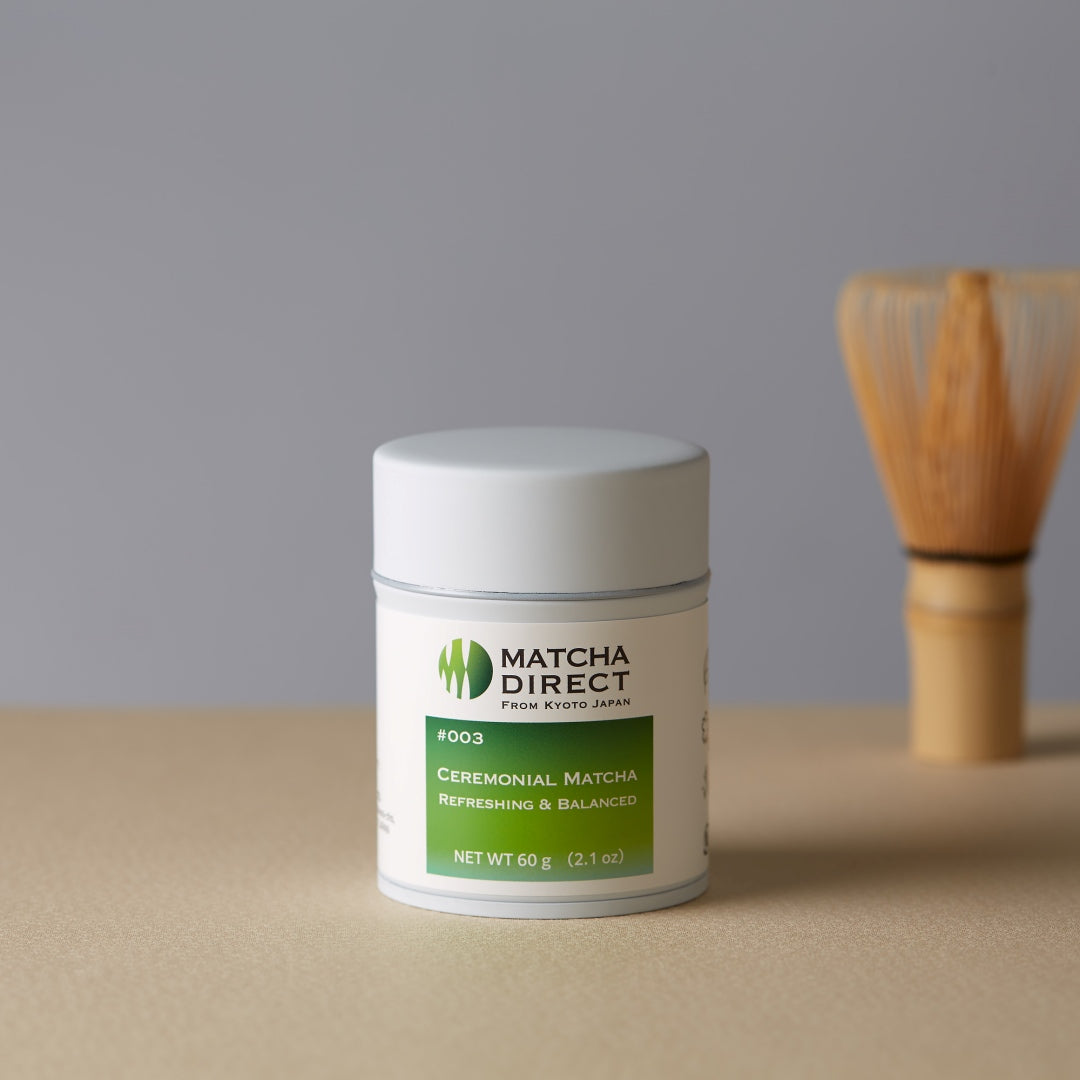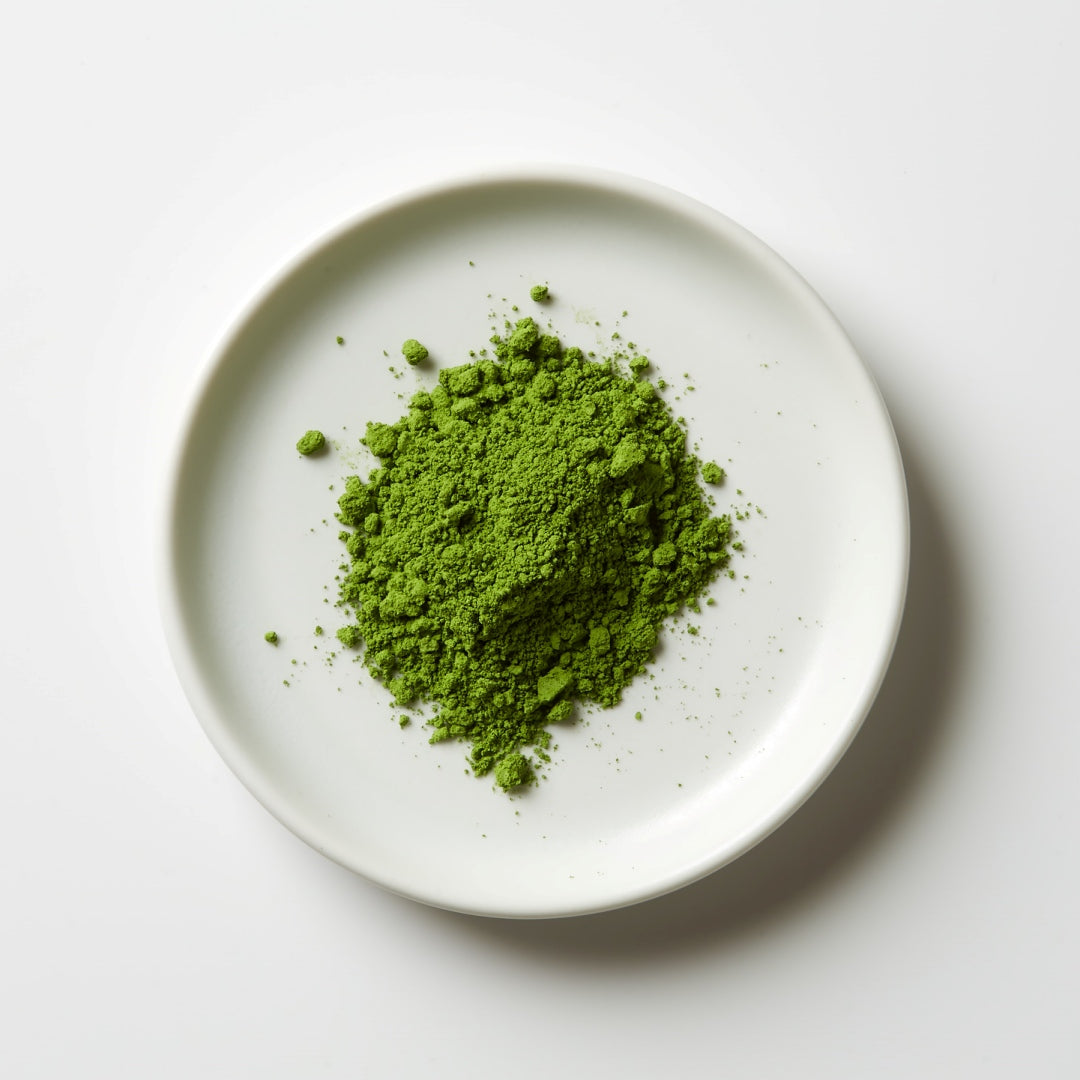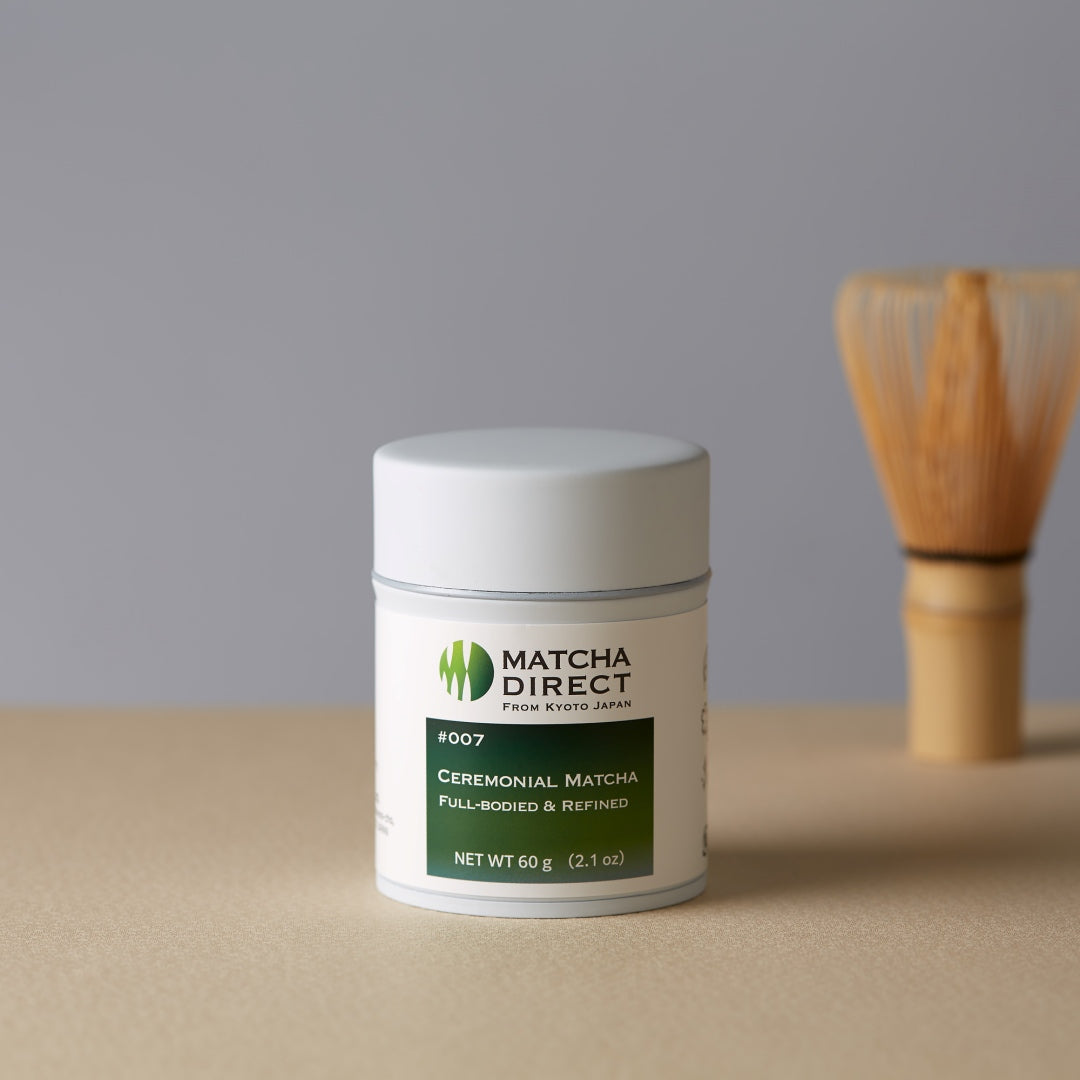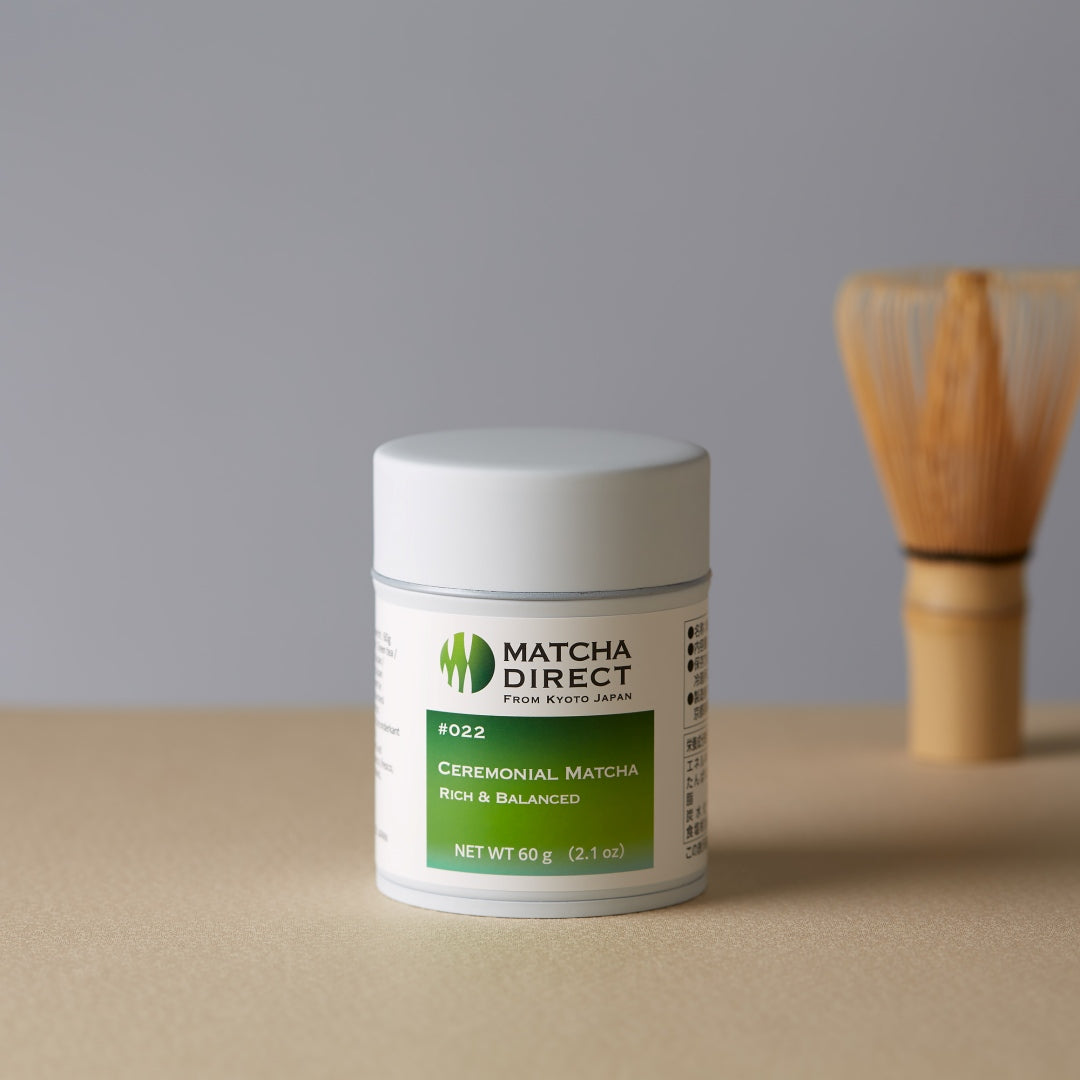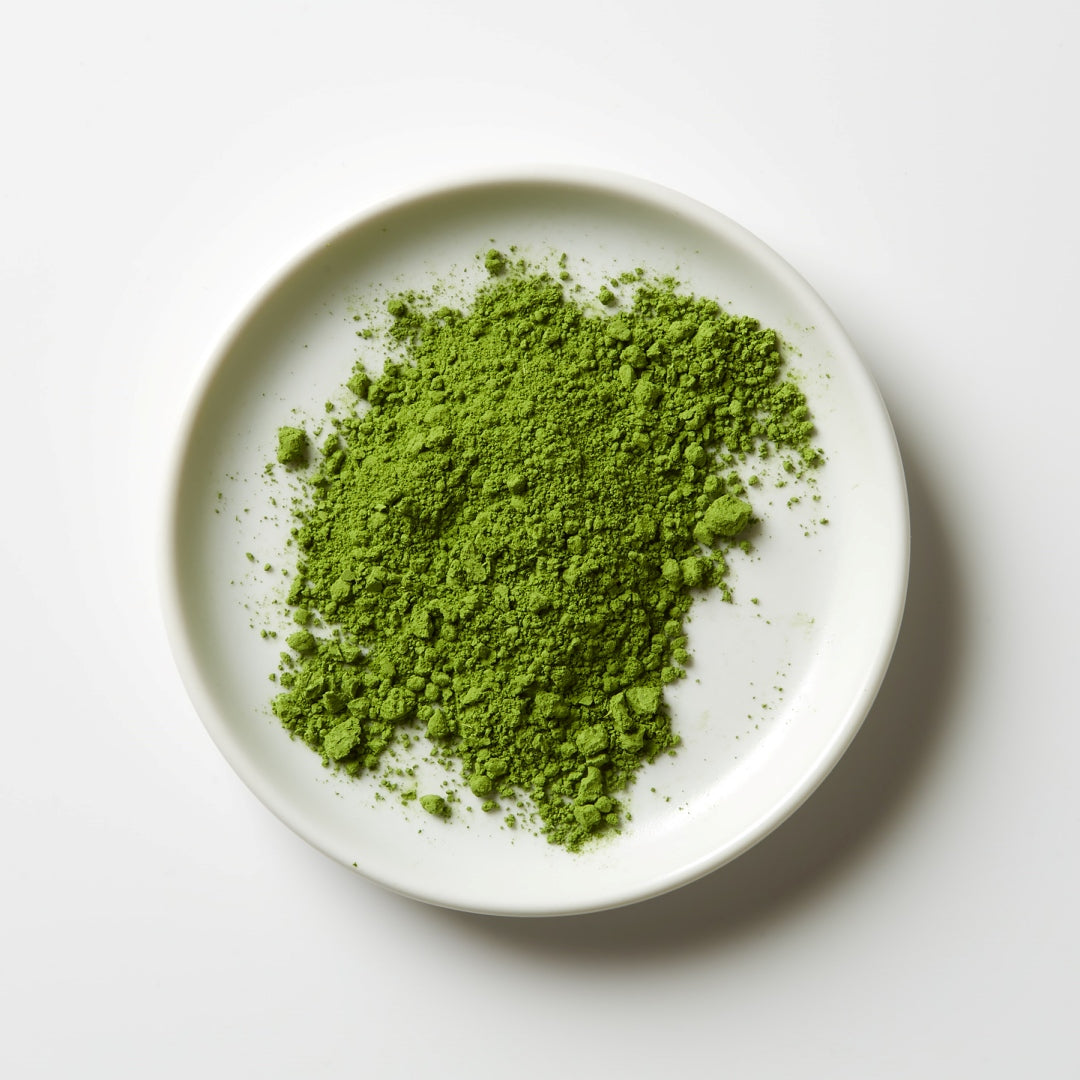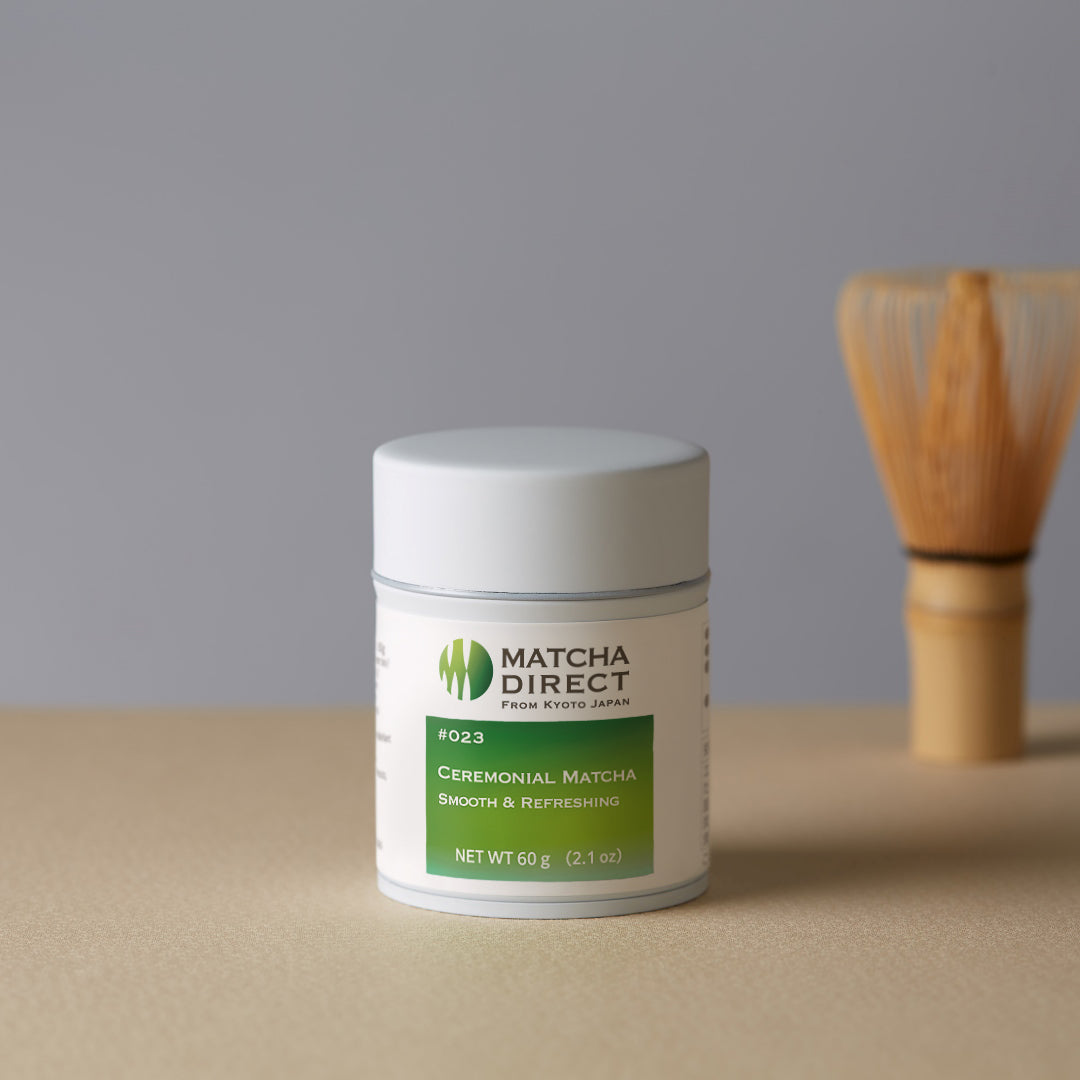Hojicha vs Genmaicha: Flavor, Caffeine, and More

When it comes to Japanese teas known for their toasty aroma, many people may think of hojicha or genmaicha. Both are easy-to-drink teas made from green tea, but they differ in production method, aroma, taste, and caffeine content, among other characteristics.
This article compares these two teas and clearly introduces the features of each. By learning the differences, you may find clues to the cup that best suits your preferences.
What Is Hojicha? A Toasty Aroma and Gentle Taste Drawn Out by Roasting the Tea Leaves
Hojicha is a Japanese tea made by roasting tea leaves such as sencha, bancha, or stem tea at high temperature.
“Hoji” refers to this roasting process. Through roasting, the color of the tea leaves changes from green to a reddish brown, and the toasty aroma becomes prominent. This toasty note is also said to have a calming effect on the mind.
In addition, as some of the caffeine and catechins contained in the leaves decrease during roasting, astringency and bitterness are softened, resulting in a mild, clean, and gentle mouthfeel.
Because of these features, it pairs well with a cup after meals to refresh the palate or for a relaxing time when you want to unwind. With no strong quirks and an easy-to-drink character, it is a tea loved by a wide range of ages, from children to the elderly.
If you would like to learn more about hojicha, please see the article below.
https://matchadirect.kyoto/blogs/matcha-101/what-is-hojicha-japanese-roasted-green-tea
What Is Genmaicha? A Cup Where the Toastiness of Rice Overlaps with the Flavor of Green Tea
Genmaicha is a Japanese tea made by adding steamed and roasted rice to tea leaves such as sencha or bancha.
You can enjoy a simple and gentle taste where the toasty aroma of roasted rice overlaps with the clean flavor of the tea leaves.
Incidentally, the “genmai” in “genmaicha” refers to unpolished rice with bran and germ remaining. Compared with white rice, it has a stronger toasty aroma and a somewhat firm texture.
However, in practice, white rice is often used for genmaicha, and it is common to use steamed white rice and then roasted until lightly browned.
Tea leaves and rice are generally blended at about a 1:1 ratio, but blends with a higher proportion of rice or higher-grade blends with gyokuro or matcha tea added can also be found. Many genmaicha also include rice grains that have popped like popcorn, giving a familiar appearance as well.
With its approachable toastiness and easy-to-drink taste, it is, alongside hojicha, one of the Japanese teas loved by a wide range of generations.
Differences in Toastiness
Hojicha and genmaicha are both Japanese teas characterized by toastiness, but the processes that produce that toastiness are entirely different.
The Toastiness of Hojicha
Hojicha creates its toastiness through a method that roasts the base tea leaves—such as sencha, bancha, or stem tea—at high temperature. Direct heat reduces astringency and bitterness, allowing a warm, roasted and slightly smoky aroma to emerge instead.
The Toastiness of Genmaicha
In contrast, in genmaicha the main source of toastiness comes from the roasted rice, known as “iri-gome.” While sencha or bancha is used for the tea component just as with hojicha, those leaves themselves are not roasted and retain the refreshing character of green tea. The added roasted rice contributes toastiness along with a faint sweetness.
In this way, both hojicha and genmaicha allow you to enjoy a toasty flavor, but the source of that flavor differs: hojicha creates a distinct aroma and taste through “roasting the tea leaves,” while genmaicha does so through “roasted rice.”
Differences in Flavor
As noted above, both hojicha and genmaicha have a light mouthfeel and are enjoyed as cups that let you take a brief, relaxing break in daily life, but their aromatic and flavor impressions differ.
Flavor of Hojicha
When you pour hot water over hojicha, the aroma rising from the roasted tea leaves gently spreads. With a warm toastiness reminiscent of roasted nuts or caramel, it quietly relaxes you even before you drink.
The taste is characterized by little astringency or bitterness, a soft mouthfeel, and a clean finish. The nuances vary depending on the degree of roast and the part of the tea plant used: a deep roast gives a smoky, full impression, while a light roast gives a bright taste that retains green-tea umami.
Overall, it carries a richness reminiscent of coffee or chocolate, offering a calm and gentle taste distinct from the fresh, grassy notes typical of green tea.
Flavor of Genmaicha
When you pour hot water over genmaicha, the first aroma to rise is the toasty aroma of the roasted rice. A gentle scent reminiscent of freshly baked bread rises softly, giving a pleasant warmth.
The taste layers the clean flavor of green tea with the roundness and faint sweetness of roasted rice, giving a light and approachable impression. As with hojicha, astringency and bitterness are restrained, and a gentle toastiness lingers gently in the aftertaste.
Overall, it is a cup where cereal-like grain notes and the refreshing character of green tea balance well, conveying a natural and simple charm.
Nutritional Components of Hojicha and Genmaicha
Because hojicha and genmaicha are often made from mature leaves such as bancha or sencha, their overall content of nutritional components is generally lower compared with teas like matcha tea, which uses young leaves in whole form.
Components such as catechins, theanine, and vitamins are often not as abundant as in matcha tea or sencha.
That said, hojicha and genmaicha have distinctive aromatic components not seen in matcha tea or sencha. One of these is “pyrazines,” aroma compounds formed through roasting or heating.
Pyrazines arise naturally from the tea leaves during the roasting process of hojicha and are the source of its toasty, gentle aroma. This aroma is also said to have effects such as calming the mind and promoting relaxation, which is one reason hojicha is chosen for relaxing moment.
In addition, the roasted rice used in genmaicha may also generate pyrazines through heating, and similar effects can be expected. The toastiness itself is thus not only an attractive flavor characteristic but also contributes to a comfortable drinking experience.
Caffeine Content in Hojicha and Genmaicha
Another component many people are curious about is “caffeine.”
Since both hojicha and genmaicha use green tea leaves as raw material, they do contain caffeine, but the amount is considered relatively low.
As a general amount, hojicha contains about 20 mg of caffeine per 100 ml, while genmaicha contains about 10 mg per 100 ml. For reference, the same volume of matcha tea or coffee contains roughly 60 mg of caffeine, so hojicha and genmaicha have comparatively gentle levels by that measure.
Why, then, do hojicha and genmaicha have less caffeine? The reason lies in their respective production methods and raw materials.
In the case of hojicha, it is thought that some caffeine volatilizes or decomposes during the high-temperature roasting of the tea leaves. In the case of genmaicha, about half of the blend is roasted white rice, which doesn’t contain caffeine. Because fewer tea leaves are used, naturally less caffeine is extracted.
Furthermore, tea leaves low in caffeine, such as bancha, are often used, which is another reason for the lower caffeine content.
In this way, both hojicha and genmaicha tend to be lower in caffeine, with genmaicha generally being slightly lower. However, the actual amount varies depending on the type of tea leaves and the blending ratio. Therefore, when deciding when and how much to drink, it is important to check the tea’s components and choose according to your condition and lifestyle.
Which Should You Choose: Hojicha or Genmaicha?
As introduced so far, both hojicha and genmaicha are approachable and have their own distinct appeal.
Hojicha lets you enjoy toastiness and depth unique to roasted tea leaves. Genmaicha offers a simple flavor where the aroma of roasted rice and the freshness of green tea harmonize. Both have little astringency or bitterness and are widely enjoyed as teas that fit easily into daily life.
Choose hojicha when you want to settle your mood, and genmaicha when you want to refresh yourself with a light taste. By selecting according to the scene, you can enjoy each one’s individuality in your daily life.





